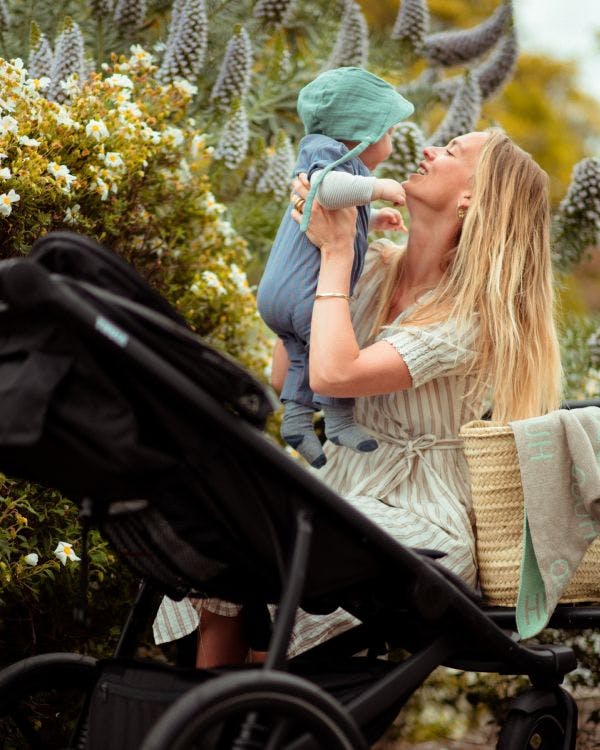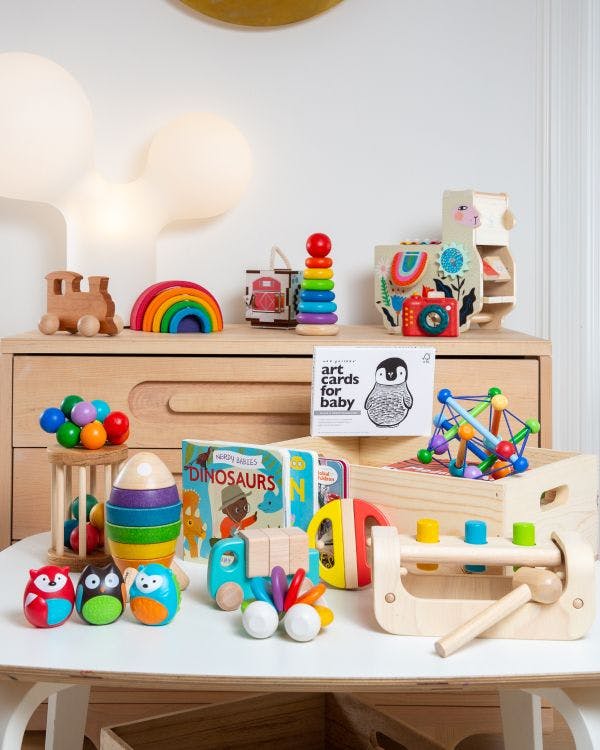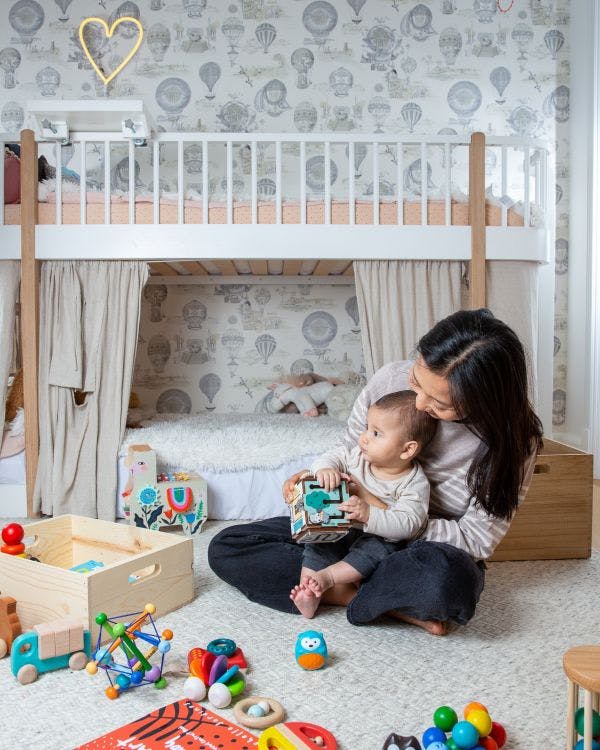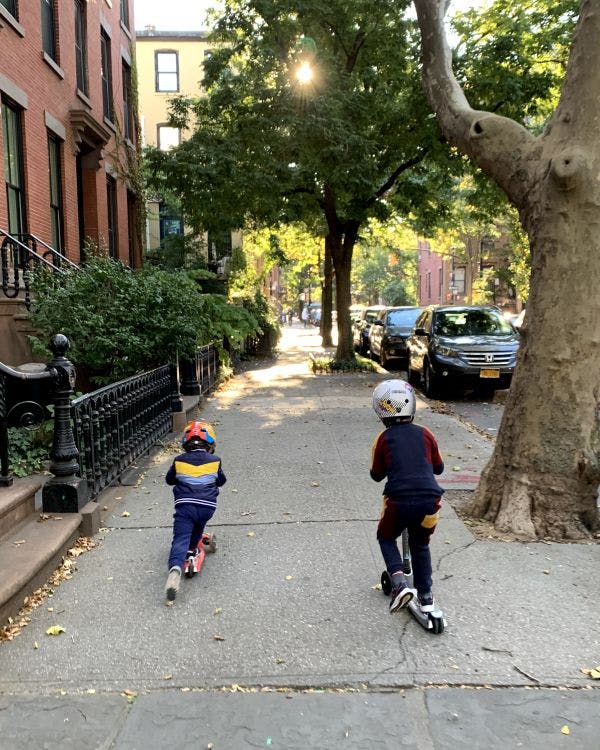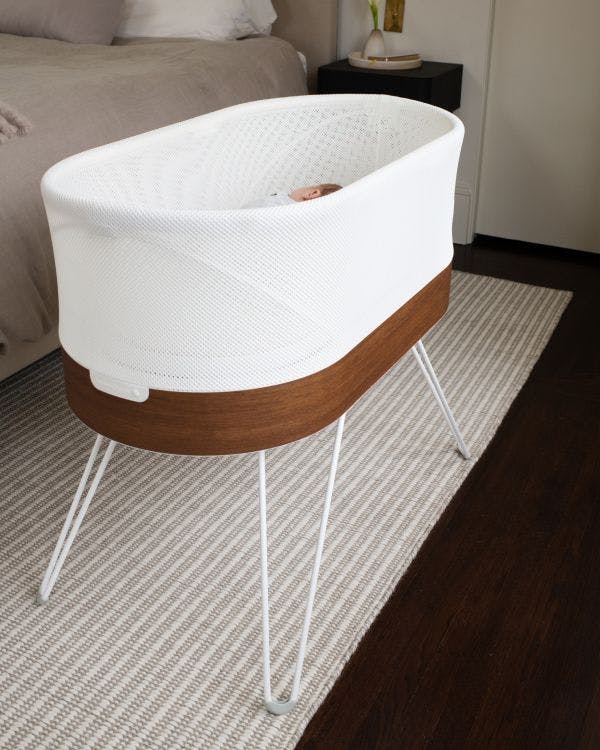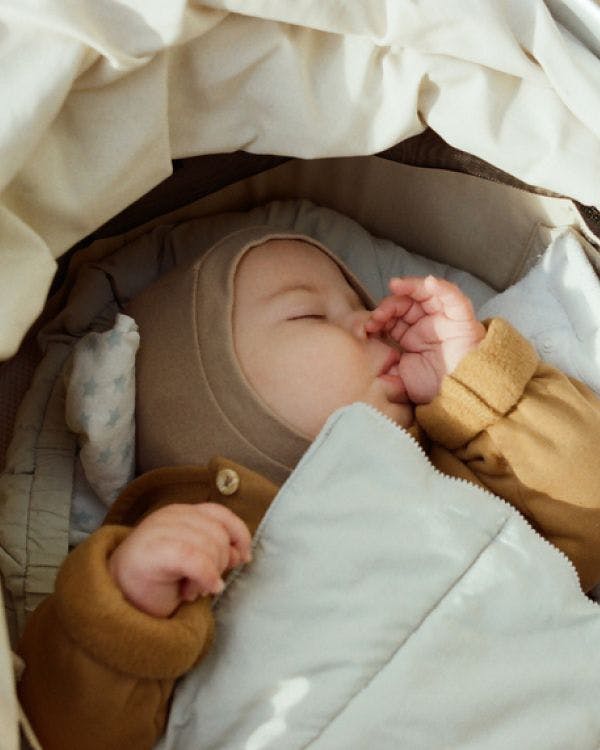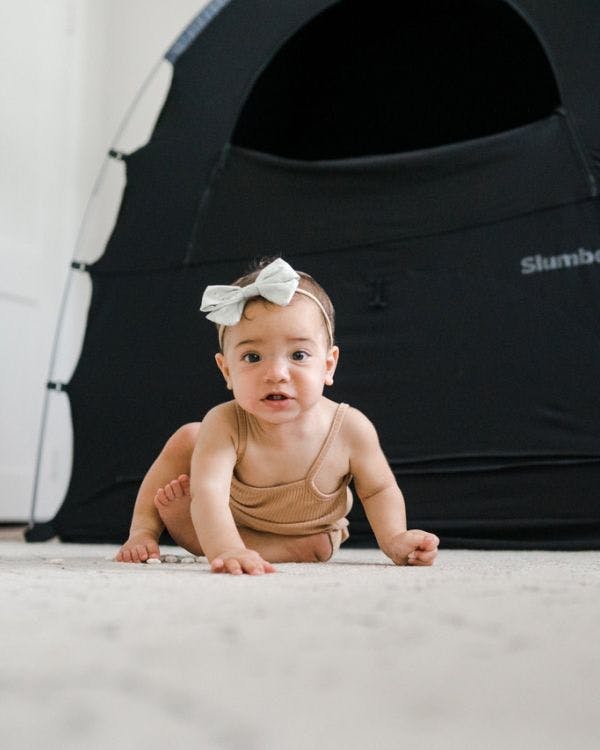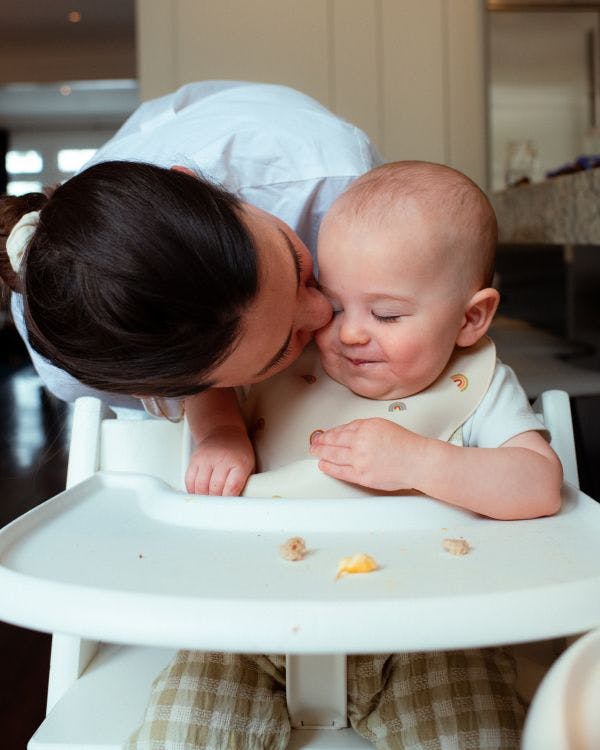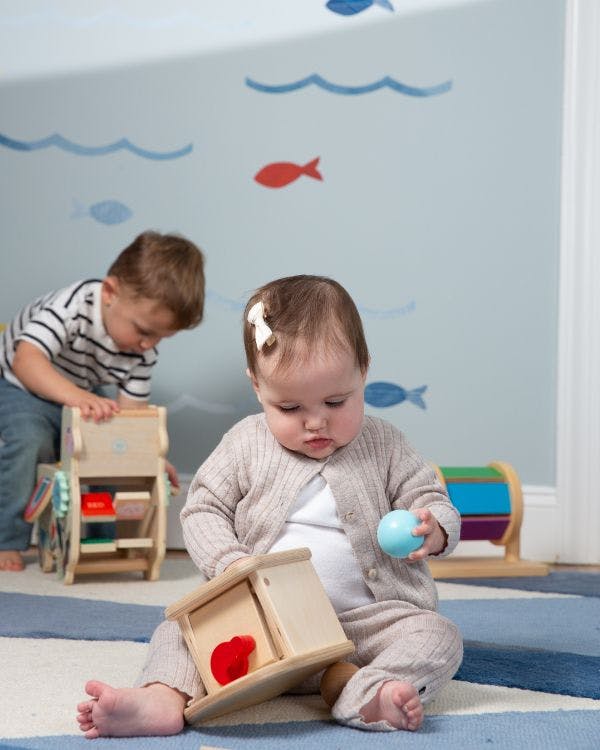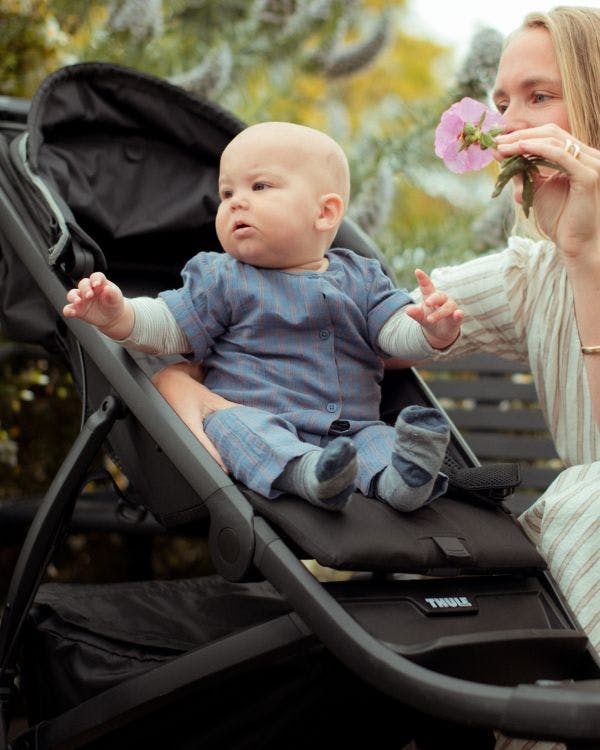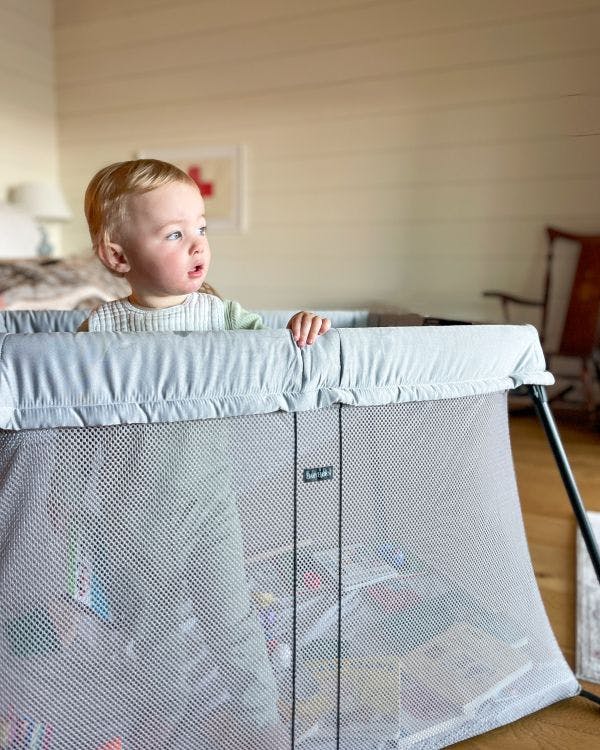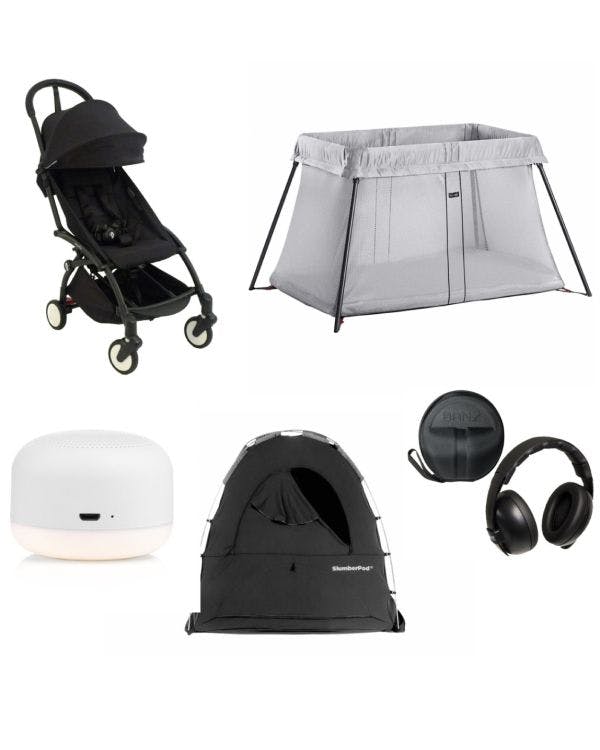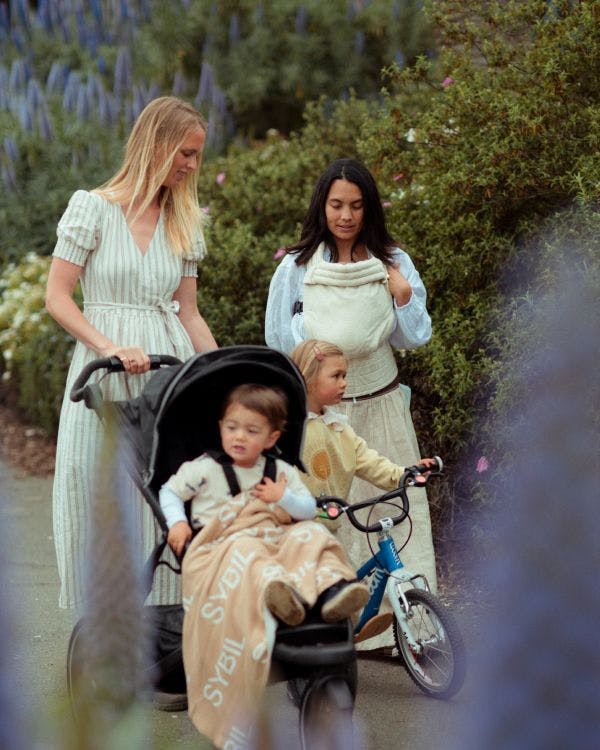LOOPLIFE
>
PINCER GRASP ACTIVITIES FOR BABIES
FROM LOOP HQ
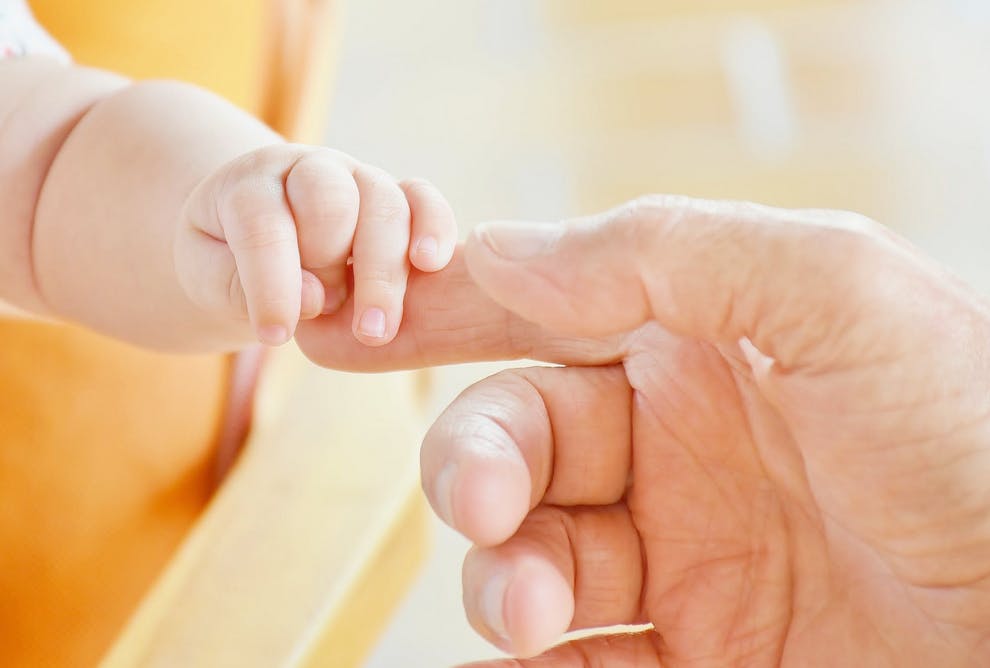
Pincer Grasp Activities for Babies
Written by: Lauren Reinhard
Published: December 16, 2022
You want the world for your children—physically, mentally, emotionally, and in every other way. But sometimes, your little love needs some extra help to reach their milestones and continue in their progression.
Most parents understand the importance of a baby’s fine motor skills. If you want to help your child develop essential skills, the pincer grasp is a great place to start. As your child learns to pick things up and feed themselves, they’ll lay the groundwork for further milestones.
Ultimately, this skill will culminate in the ability to grip a pencil. While that may seem like a minor accomplishment, it’s actually a vitally important skill that will impact their educational experience.
To learn more about the pincer grasp, its importance, and how to help your child develop this vital skill, keep reading. Loop is here with all of the information you need!
What Is the Pincer Grasp?
The pincer grasp refers to a child’s ability to hold things between their thumb and pointer finger. It’s a skill that is usually developed around the 9 to 10 month age range. However, you can start practicing it well before that time.
Before your child reaches the pincer grasp stage, they will need to move through these developmental milestones first:
- The Reflexive Grasp
Babies are born with the inherent instinct to grasp whatever is put into their hands. Whether it’s mom’s finger or a pacifier, this response happens automatically. However, this reflex typically fades away by the six-month mark.
- The Palmar Grasp
At around four months, your baby will start using their palm to hold items. Around this same time, you may notice that they begin to reach for the things they want.
- The Raking Grasp
At six months, your baby will begin to use all five fingers as a rake to grab and grasp items. This is one of the last milestones to look for before your child is ready for the pincer grasp.
These foundational fine motor skills will lay the groundwork for your child’s development.
How to Develop the Pincer Grasp
If your child is nearing the ten-month mark with no signs of the pincer grasp, it’s not time to stress about it yet. Milestone markers are really just guidelines, as all babies tend to develop at their own pace. But if you want to help your child work on the skill, there are some practices you can implement.
The first place to start is with soft foods. Peas, cut carrots, and cooked pasta aren’t just tasty snacks for your babe – they can also serve as practice tools for the pincer grasp. After feeding a few bites with a spoon, leave some bites on the high chair tray for your child to grasp on their own.
From there, you can start to implement some fun toys and activities into your daily routine. We’ve broken down our best suggestions in the section below.
Fun Pincer Grasp Activities for Your Babe
Even hard work can be fun! Try these activities with your child to help them develop their fine motor skills.
The Pom Pom Game
With a handful of bright and colorful pom poms, you can keep your baby entertained and work on their fine motor skills. Have your child move the pom poms from one bowl to another. And if you really want to get tricky, allow them to use a pair of tongs while playing.
Search and Find with Slime
Place a few small objects (like cheerios or other items that are child-safe) into a mound of slime. As your baby plays with the mound, they can try to remove the small items from the slime. This is a great activity for increasing finger strength.
Stringing Beads
This is such a simple activity, but it can keep babies entertained for hours! Stringing wooden beads is more difficult than it sounds. But if your toddler is up for it, it can be hugely beneficial, as it requires both hands to pinch at the same time. Just keep an eye on any beads you use, as they can be a choking hazard for small children.
Sticker Books
Every baby loves stickers. In fact, the act of peeling a sticker from a page requires more dexterity than you may think. Have your child remove stickers from the book and onto a blank page.
How Loop Can Help
The baby stage is such a fleeting moment in time. You want to give your child everything he or she needs, but you may not be ready to invest your money in toys that are only age-appropriate for six months.
That’s why our rental program is a real lifesaver. With Loop, you can provide your child with the market’s best sensory play toys without breaking the bank!
You might also like

Annual Warehouse Sale

Summer of Loop

Stroller Showcase
